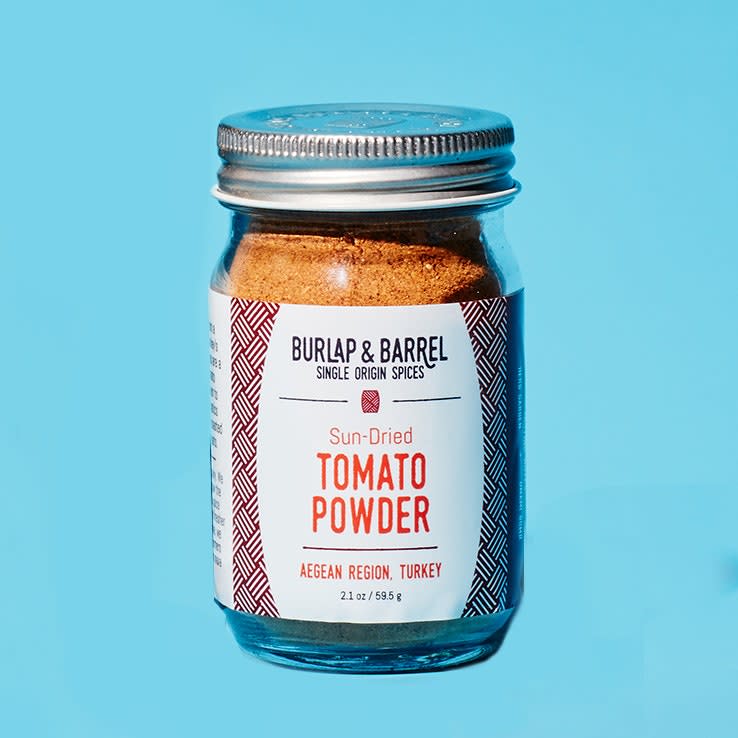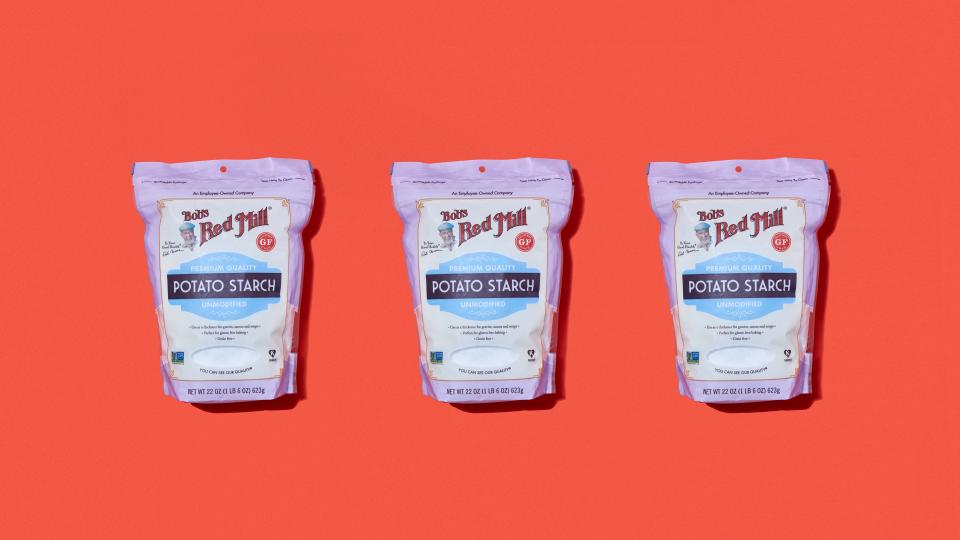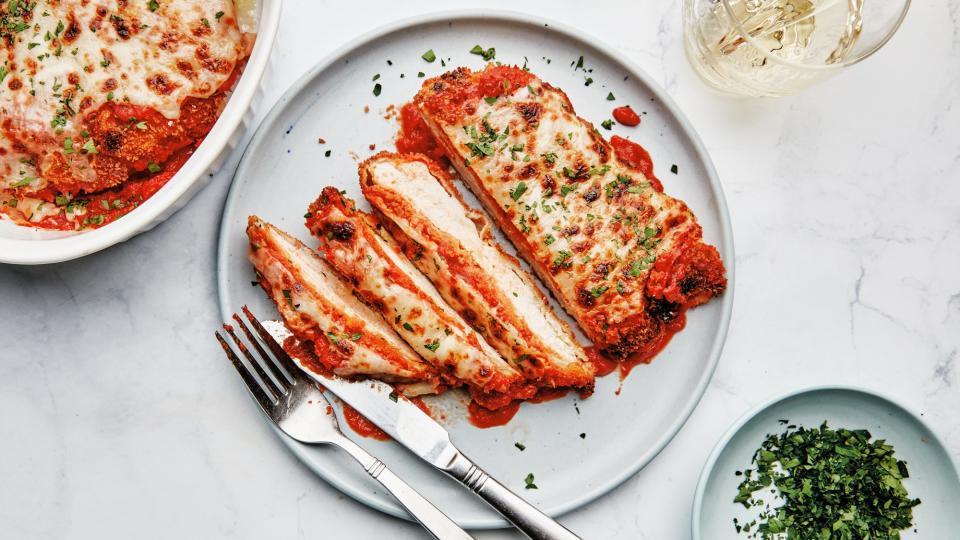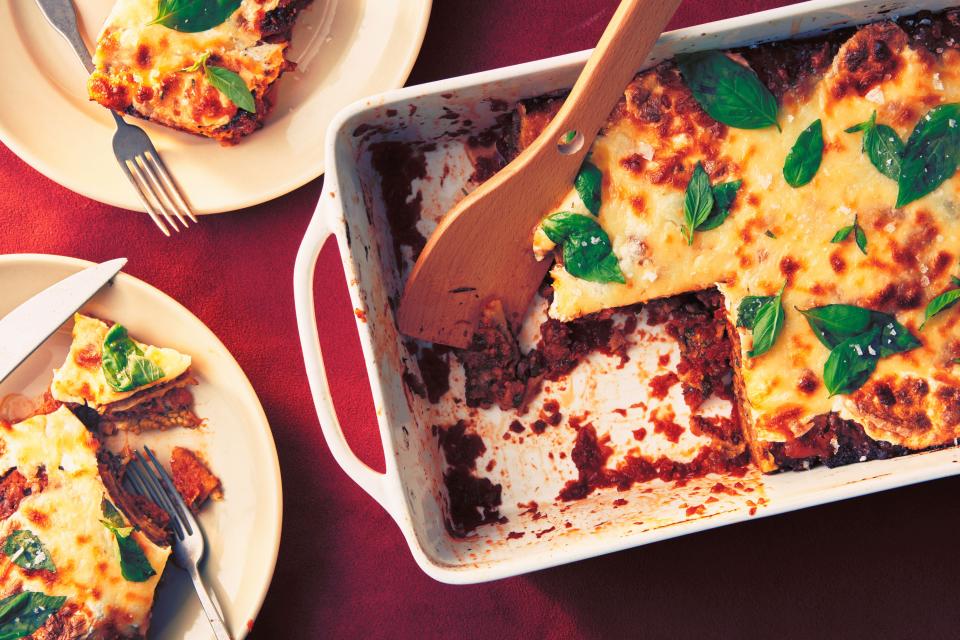12 Do’s and Don’ts for Peak Chicken Parm
All products featured on Bon Appétit are independently selected by Bon Appétit editors. However, when you buy something through our retail links, Condé Nast may earn an affiliate commission.

Photo by Emma Fishman
Scoring a reservation at Don Angie, Scott Tacinelli and Angie Rito’s Manhattan restaurant known for its expert Italian American cooking, is no easy feat. Should you find yourself sitting down in their softly lit dining room, you’re in store for some spectacular classics—think a hearty pinwheel lasagna or a sourdough cacciatore—which earned a Michelin star in 2021 as well as rave reviews from critics and diners alike.
Lucky for us, you don’t need a reservation for today’s special. In the video above, Chef Rito shows us how to make her favorite version of chicken parm. Here are her pro tips.
Smaller chicken breasts are ideal.
The first step to a tender chicken parm starts with the cut of chicken. “The bigger the breast is, the larger the fibers and muscles are,” says Rito. A smaller breast will likely be more tender. While some chicken breasts can weigh as much as 8 oz. or more, aim for ones closer to 5 oz.
Cut the chicken, then pound it.
Chicken breasts don’t have an even thickness, so making them uniform is important. “I want it to be as even as possible, because when I fry them in the pan, they’re going to cook more evenly,” Rito explains. She cuts the thicker head of the breast on a diagonal to create two similar-size pieces. After that, she pounds them with a mallet to flatten and tenderize them.
Be choosy with your canned tomatoes.
Choosing the right tomatoes is a critical part of making the best chicken parm. At Don Angie, Rito uses DOP San Marzano tomatoes, grown in a specific area of Naples, Italy, near Mount Vesuvius. If you can’t find DOP San Marzanos, Rito says, “regular San Marzanos are a fine substitute.”
Crush the tomatoes by hand.
Instead of blending tomatoes to a completely uniform, smooth consistency, Rito prefers to crush her canned tomatoes by hand. That way she says, the sauce will have “rustic chunks of tomato throughout,” which gives it a nice varied texture.
Add potato starch to the breading.
Adding potato starch to the breadcrumbs and herbs takes the cutlet’s crust to the next level. Potato starch, Rito says, “can help you make a really crispy crust on something like a breaded fried chicken.”
All products featured on Bon Appétit are independently selected by Bon Appétit editors. However, when you buy something through our retail links, Condé Nast may earn an affiliate commission.
Bouncy noodles, crispy tofu, silky sauces, and more.
Double-check your dried herbs.
Not all dried herbs are created equal, according to Rito. “The stuff you buy in the store, you don’t know how old it is,” Rito says. “The quality and flavor of those things diminish over time.” If you’re really committed, she says “you can dry herbs in a super low oven, or in the sun like my grandma used to.” Or try this shortcut for drying herbs in a microwave.
But dried herbs aren’t the only seasoning.
When it comes to adding flavor, herbs aren’t your only option. At Don Angie, Rito turns to tomato powder, made from dehydrated and crushed tomatoes, to give her breading more depth. “It layers in more of that tangy umami tomato flavor in an unexpected place.”

Burlap & Barrel Tomato Powder
$9.00, Burlap & Barrel (2.5 oz)
In addition to Parmesan, add pecorino.
For chicken parm, of course, you need parm. But at Don Angie, Rito says, they use both a complex, 24-month aged Parmigiano-Reggiano and a Pecorino Toscano. “It’s a little less salty and sharp,” she says, and more “tangy and earthy.”
When breading, give each hand its own task.
Okay, here’s the messy part: breading the chicken. Rito advises designating a wet hand (for dipping in beaten eggs) and a dry hand (for dipping in seasoned breadcrumbs). “Otherwise,” she says, “you’ll just end up kind of breading your hand throughout this process.”
Fry in a combo of neutral oil and olive oil.
We love olive oil, but alas, it’s not perfect. Its low smoke point makes it difficult to fry in. “We still want to get the flavor of the olive oil so we mix it half and half with a neutral oil that’s going to sustain a higher smoke point,” says Rito. That neutral oil could be vegetable, canola, grapeseed—whatever you have around.
Take advantage of the perimeter of the pan.
Rito prefers a cast-iron skillet for frying and likes to keep the cutlets near the edges. “These outside areas are actually slightly hotter, so I’m strategically putting the chicken there.”
All products featured on Bon Appétit are independently selected by Bon Appétit editors. However, when you buy something through our retail links, Condé Nast may earn an affiliate commission.
Whether you want to spend $20 or $200 these are what the pros recommend for even-heating, beautiful browning, and quick-searing.
Two types of mozzarella are better than one.
After the cutlets are finished frying, it’s time to tuck them in with some cheese. Rito uses shredded low-moisture mozzarella for a stretchy pull, as well as ciliegine, small mozzarella balls, for gooey pockets. Sometimes more is more.
Now go forth and apply this hard-earned wisdom toward your next parm.
BA’s Best Chicken Parmesan
BA’s Best Eggplant Parmesan
Originally Appeared on Bon Appétit
More Cooking Stories From Bon Appétit
Get the latest from Bon Appétit in your inbox with our daily newsletter.
In 55 Reasons to Love Thanksgiving, our staff celebrates traditions big and small.
The most popular recipes right now, including a miso chicken bowl and baked sweet potato chaat.
New Fourth Trimester: cookbook author Lesley Enston shares the Haitian bouyon her partner cooked for her after childbirth.
Join the BA Bake Club, our new baking community hosted by senior test kitchen editors Jesse Szewczyk and Shilpa Uskokovic.
Food director Chris Morocco solves your kitchen emergencies on our podcast Dinner SOS.
Start your free trial and get unlimited access to Bon Appétit. With your membership, you can download the Epicurious app and gain access to thousands of expert-tested recipes from Bon Appétit, Epicurious, and Gourmet.






